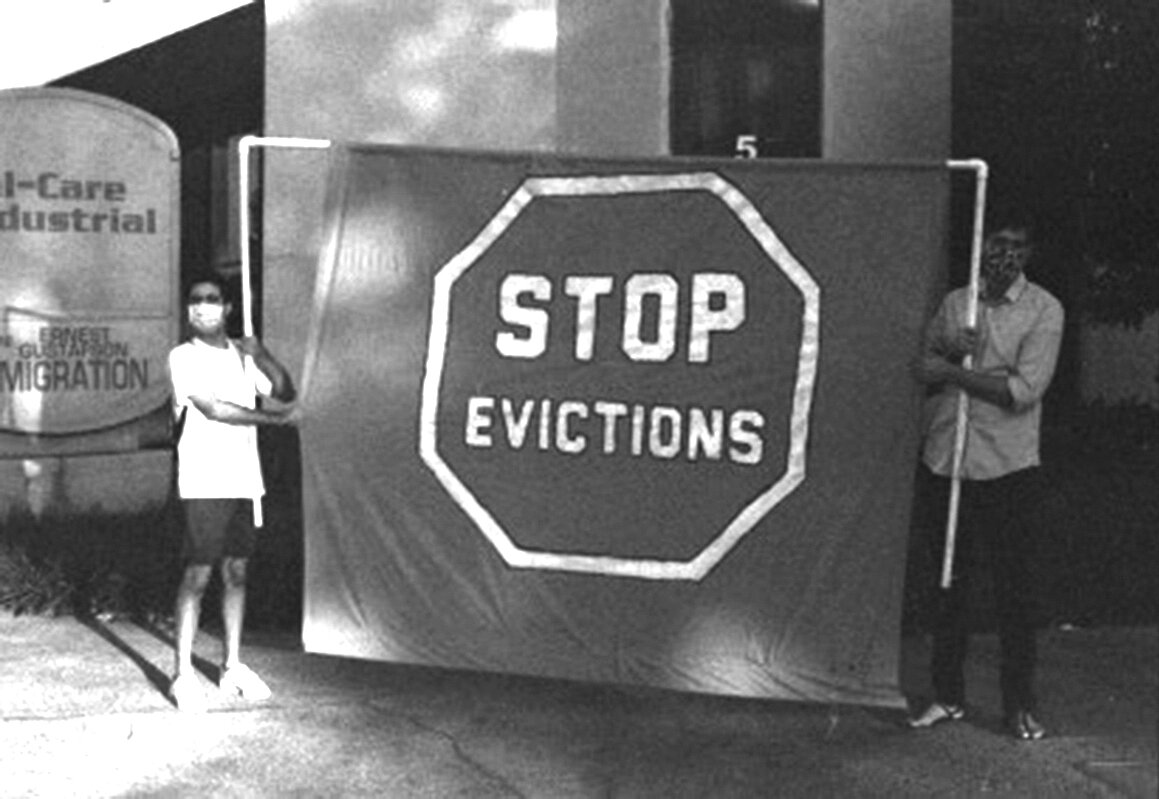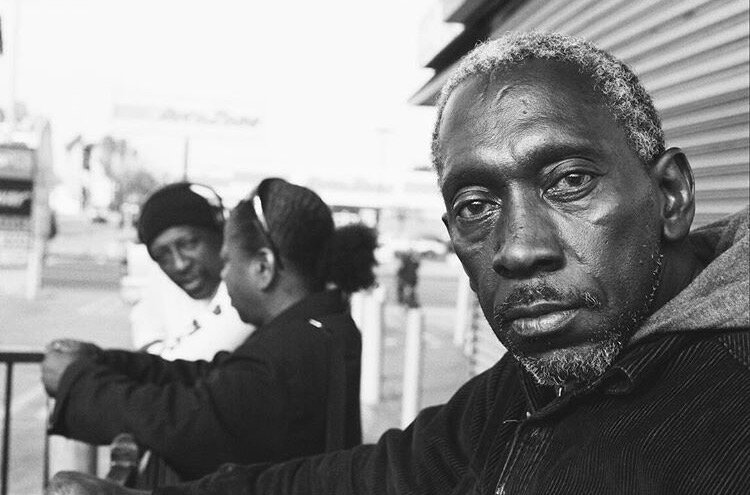HOUSING IS A HUMAN RIGHT!
Photography by Julian Lucas
Text by Julian Lucas
Earlier this month, the California Governor Gavin Newsom signed Assembly Bill 3088 into law, attempting to meet the needs of both property owners and activist groups who advocate for tenants. The extension set for five months targeted at stopping millions of residents from being thrown out of housing for losing rent due to difficulties caused by the coronavirus pandemic.
“FIGHT FIGHT FIGHT HOUSING IS A HUMAN RIGHT”! A dozen protesters stood at the corner of Mission Garey ave and Mission blvd on a hot evening chanting and breathing in the hazardous smoke filled air quality to protest rent control.
According to Yesenia Miranda Meza, co-founder and President of Pomona United for Stable Housing, “AB3088 it is not enough Community members, renters in general, can still be evicted and rents can still increase. The city of Pomona has the ability to pass an ordinance in order to stop rent increases”.
For the last three years, PUSH has been requesting the Pomona City Council to pass an ordinance that would stop rent increases, in addition to passing a rent stabilization ordinance. However, “the city council has not moved in that direction”, says Meza. “Council has only met with PUSH once accompanied by a consultant, but has not followed up”. Members of PUSH have been attempting to protect renters from the rise in rents with continuous fighting due to Covid-19 and some of the gentrification that is currently taking place. PUSH feels that once the Gold Line is built, gentrification will claim its stake and members of the community who have lived here for decades will be priced out and displaced.
Meza explains, “Not that we don’t want our city to evolve and thrive, we want that. However, we want to stabilize the people that are here in order for the people that have been here to enjoy and be a part of the change.
Julian Lucas, is fine art photographer, photojournalist, and creative strategist. Julian also works as a housing specialist which, includes linking homeless veterans to housing. Julian has lived in Chicago, Inglewood, Portland, and the suburbs of Los Angeles County including Pomona.











